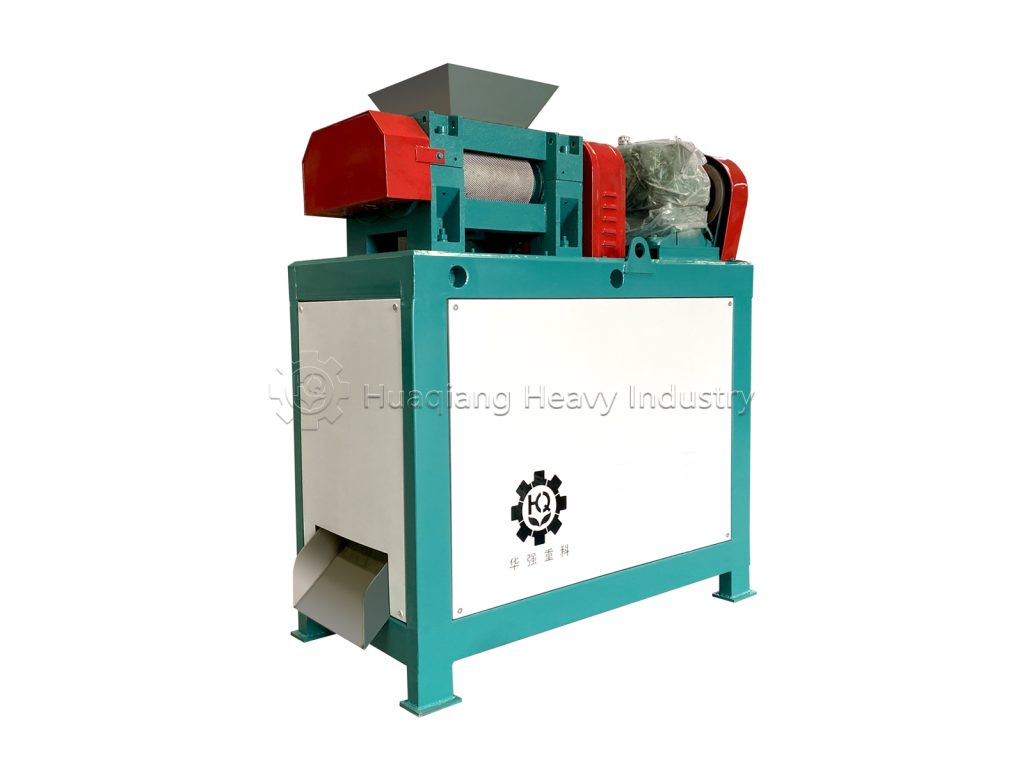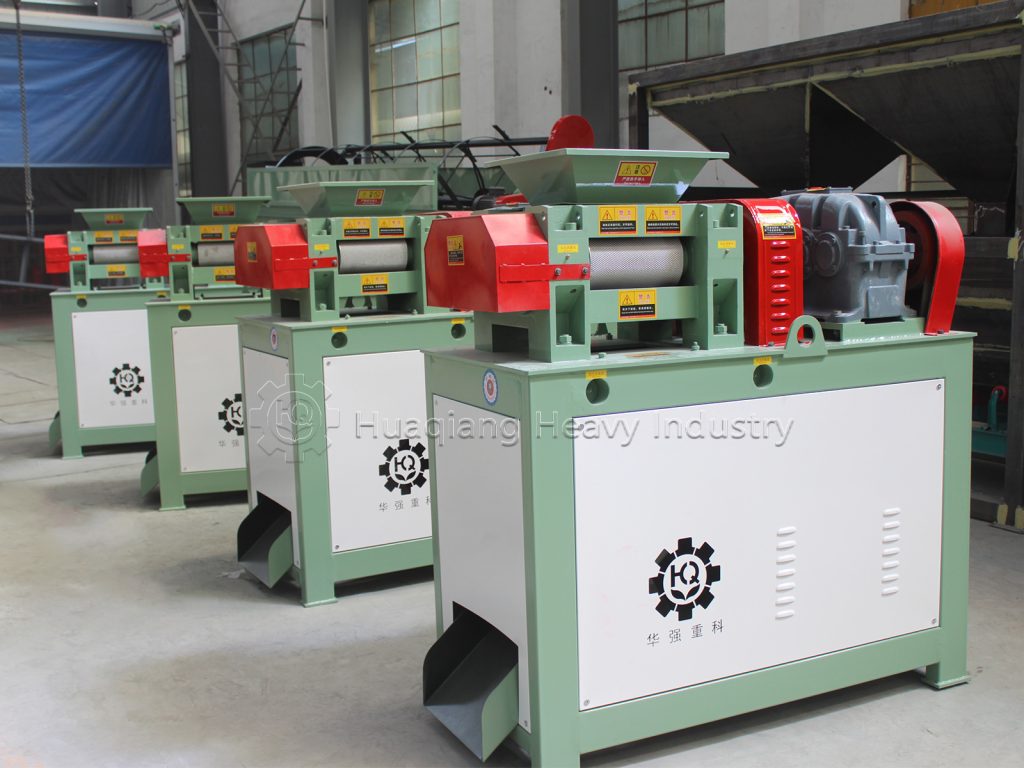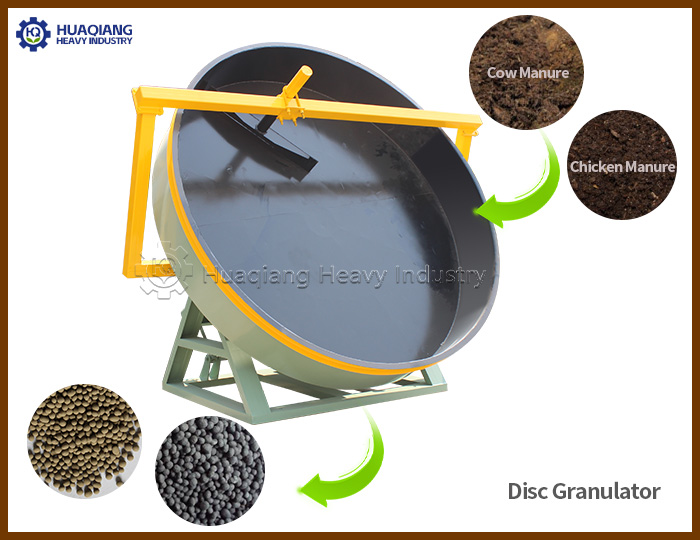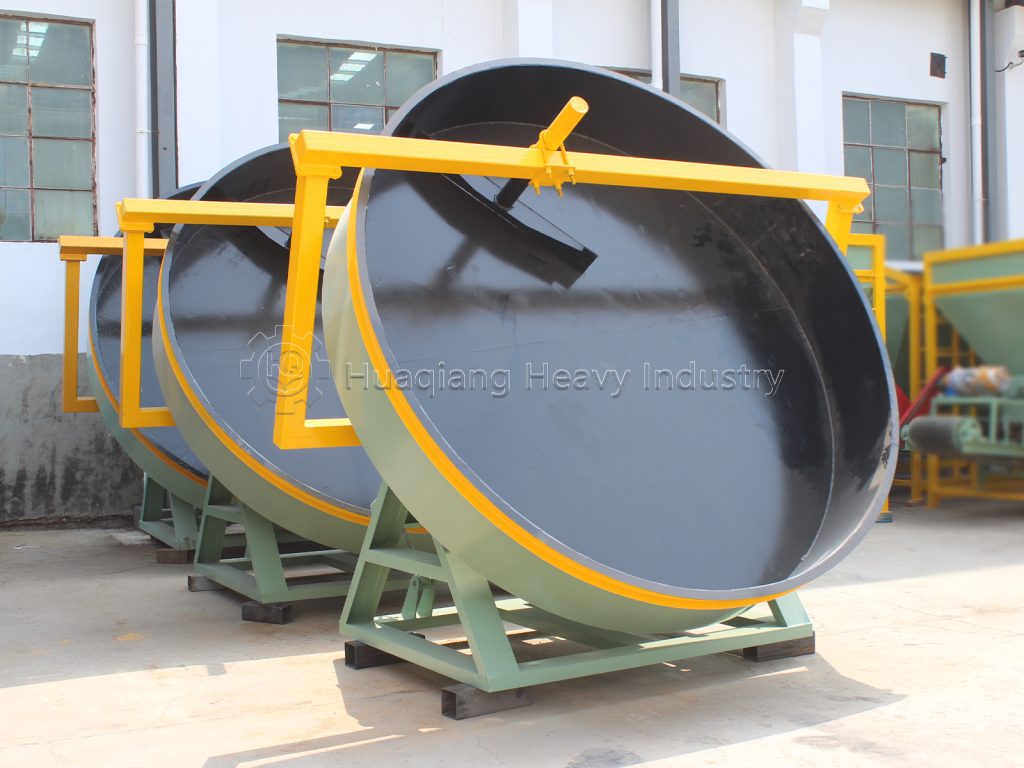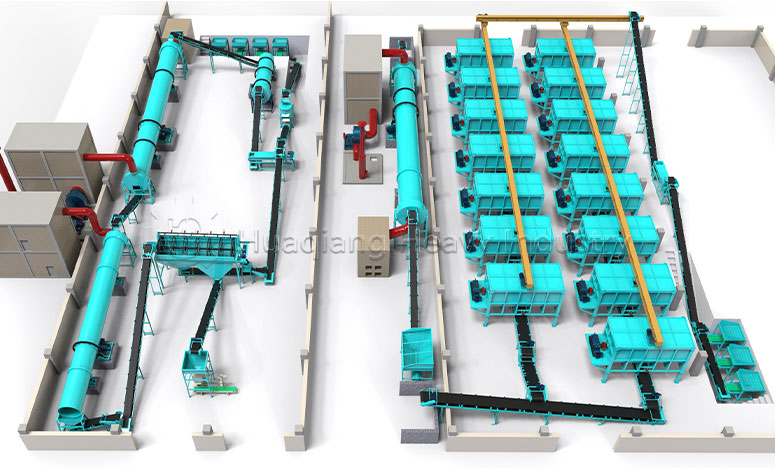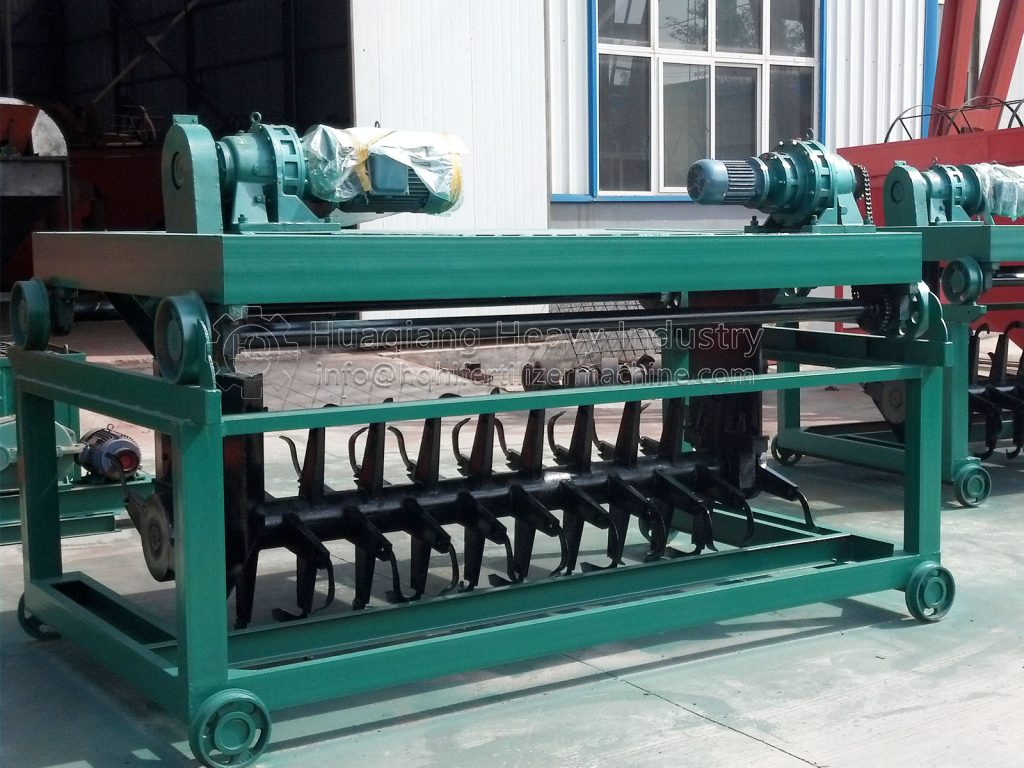In modern industrial production, chain crushers are redefining industry standards for material grinding with their remarkable adaptability and revolutionary design. How does this seemingly simple equipment handle everything from organic fertilizers to chemical raw materials and construction waste with ease? Let’s explore its technological secrets.
A chain crusher is a vital type of fertilizer production machine, primarily used for crushing bulk materials into fine powder for granulation. As part of the broader fertilizer equipment category, it works alongside mixers, granulators, and dryers to form a complete fertilizer production line, ensuring efficient material processing and consistent product quality.
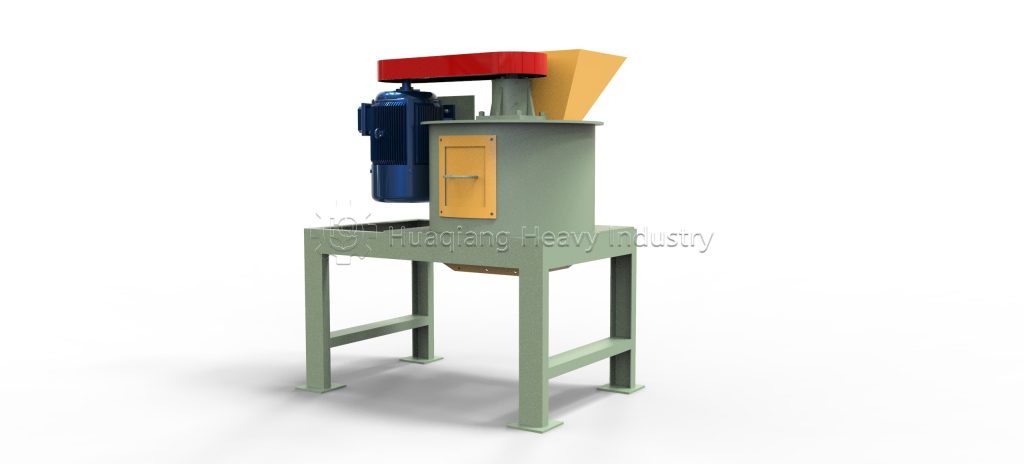
Dual-Structure Design: Flexibility for Diverse Needs
Chain crushers offer two innovative structural options:
- Vertical single-motor design: Compact footprint, ideal for space-constrained facilities
- Horizontal dual-rotor design: Dual-motor drive, crushing capacity increased by 300%
The horizontal design achieves chain head peripheral speeds of 28-78 m/s, creating powerful impact forces that can easily crush materials of various hardness – from soft organic fertilizers to hard mineral ores.
Wear-Resistant Technology: The Secret to Longevity
The core components feature breakthrough wear-resistant designs:
- Special alloy steel chains with 50% better impact resistance
- Hard alloy chain heads with 3x longer service life
- Modular liner plates for easy replacement
- Precise speed control to reduce unnecessary friction
User-Friendly Design: Simplified Operation
Chain crushers excel in user experience:
- Large maintenance access panels reduce downtime by 70%
- Optimized feed and discharge ports prevent material buildup
- Vibration-damping bases reduce noise by 50%
- Intelligent control systems for more intuitive operation
From its innovative dual-structure design to exceptional wear resistance, from user-friendly operation to wide application range, the chain crusher is proving to be a true innovator in grinding technology. In today’s pursuit of efficient, environmentally friendly production, it might just be the perfect crushing solution you’ve been searching for.
